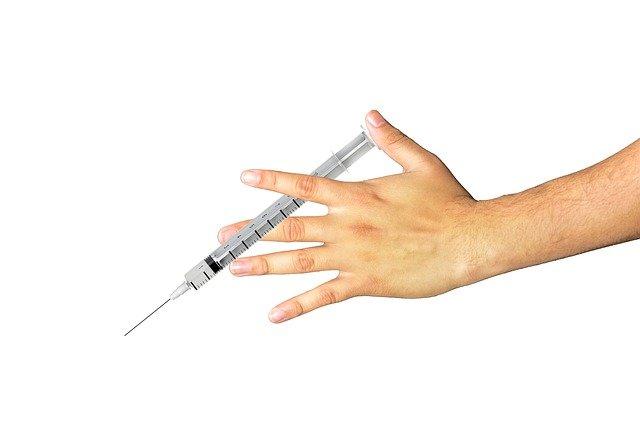Hepatitis B
Despite an effective vaccine to prevent Hepatitis B, the virus remains the most common disease with an estimated two million Americans with chronic HBV. For many, Hepatitis B presents with acute symptoms and the individual fights off the disease with rest, fluid and a healthy diet. 90% of those who contract Hepatitis will eventually recover.
However, 10% will develop a Hepatitis B infection that does not resolve. These are chronic patients. 6-10% will continue to be carriers of HBV, often without realizing that they are able to spread the virus to others. Symptoms of Hepatitis B will surface roughly 90 days after the initial exposure.
Many Hepatitis B patients never actually develop any symptoms at all. Patients with symptoms may complain of fatigue or loss of energy, stomachache, constipation, brown urine, achy joints, mild fever, and a yellowing of skin and eyes.
A Hepatitis B diagnosis is made with a blood test, an abdominal ultrasound or a liver biopsy. The risk of an infection is that the disease becomes a chronic one that eventually causes liver damage, liver cancer or death from a diseased liver.
Hepatitis B is a virus passed from person to person through blood exposures. The sharing of needles (or a needle stick in a clinical setting), unprotected sex with someone who has Hepatitis B (or who is a carrier), children who live in areas with high Hepatitis B infections, people who are on dialysis and people who live or work in places where many people are in close proximity.

